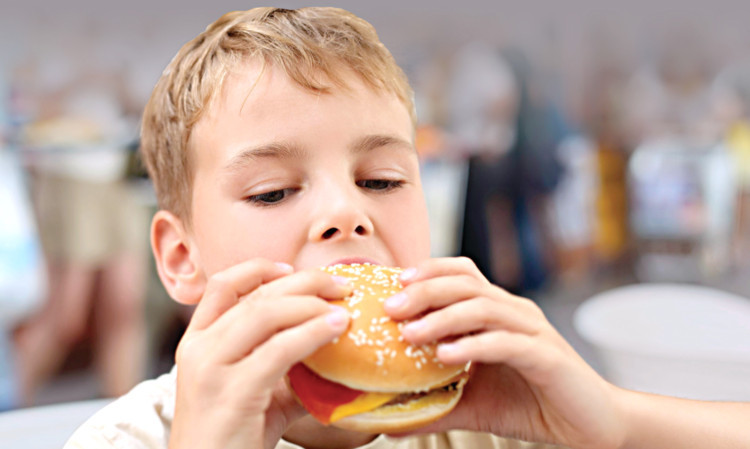
Health chiefs have admitted there’s little evidence to prove takeaways near schools are causing a child obesity epidemic.
A report by Public Health England (PHE) said there was an “unavoidable lack of proof” that banning hot food restaurants such as McDonalds and Burger King is making any difference.
Childhood obesity is a massive public health problem which affects a third of 10 and 11-year-olds in northern England.
The report states: “There is thus an unavoidable lack of evidence that can demonstrate a causal link between actions and outcomes, although there is some limited evidence of associations between
obesity and fast food.”
It said there were “strong arguments” for restricting the growth of fast food outlets, but adds: “The complex nature of obesity is such that it is unlikely any single intervention would make a measurable difference.”
Critics have warned against councils “dictating” where takeaways should open, despite the nation’s obesity crisis.
Shocking figures from the Department of Health earlier this year revealed that in some parts of northern England, a third of children are officially obese.
In some areas of Gateshead and Newcastle, 32.2% of Year Six children were classified as obese, while in Hartlepool the figure was 24.3%.
Worryingly, children weighing more than 20 stone were measured at schools in Cumbria and Lancashire.
Durham City Council has included a 400 metre exclusion zone between new hot food takeaways and schools in its planning policies.
The move follows a 2010 decision by judges at the High Court forcing councils to take into account the health and wellbeing of pupils when making planning decisions.
Mr Justice Cranston said Tower Hamlets council in East London “acted unlawfully” by allowing a fast food takeaway to open on the site of a former greengrocer’s.
However, health chiefs’ admission of a lack of proof can mean fast food chains successfully challenging councils banning takeaway outlets near schools.
Peter Nesbit, head of the Newcastle Planning Team at law firm Eversheds, said: “The High Court has said that public health is a material consideration for
council planners.
“However, in law, the weight councils give to the court decision should rely on the evidence.”
UK Government High Streets minister, Brandon Lewis, warned against limiting people’s access to unhealthy foods, saying fast food outlets are “massively important” as employers.
Mr Lewis supported educating people of the need to eat healthily but said it would be wrong for a minister to “dictate” to people about their diets.
Dr Ann Marie Connolly, Director of Health Equity at PHE said: “There is a range of evidence that consumption of energy-dense food is associated with obesity.
“Options such as reducing availability of fast food or increasing healthier food choices, form an important component in improving the health of our population,
especially among children.
“The complex nature of obesity is such that the answer lies in a whole system approach and continuing to find ways to address this serious issue.”

Enjoy the convenience of having The Sunday Post delivered as a digital ePaper straight to your smartphone, tablet or computer.
Subscribe for only £5.49 a month and enjoy all the benefits of the printed paper as a digital replica.
Subscribe